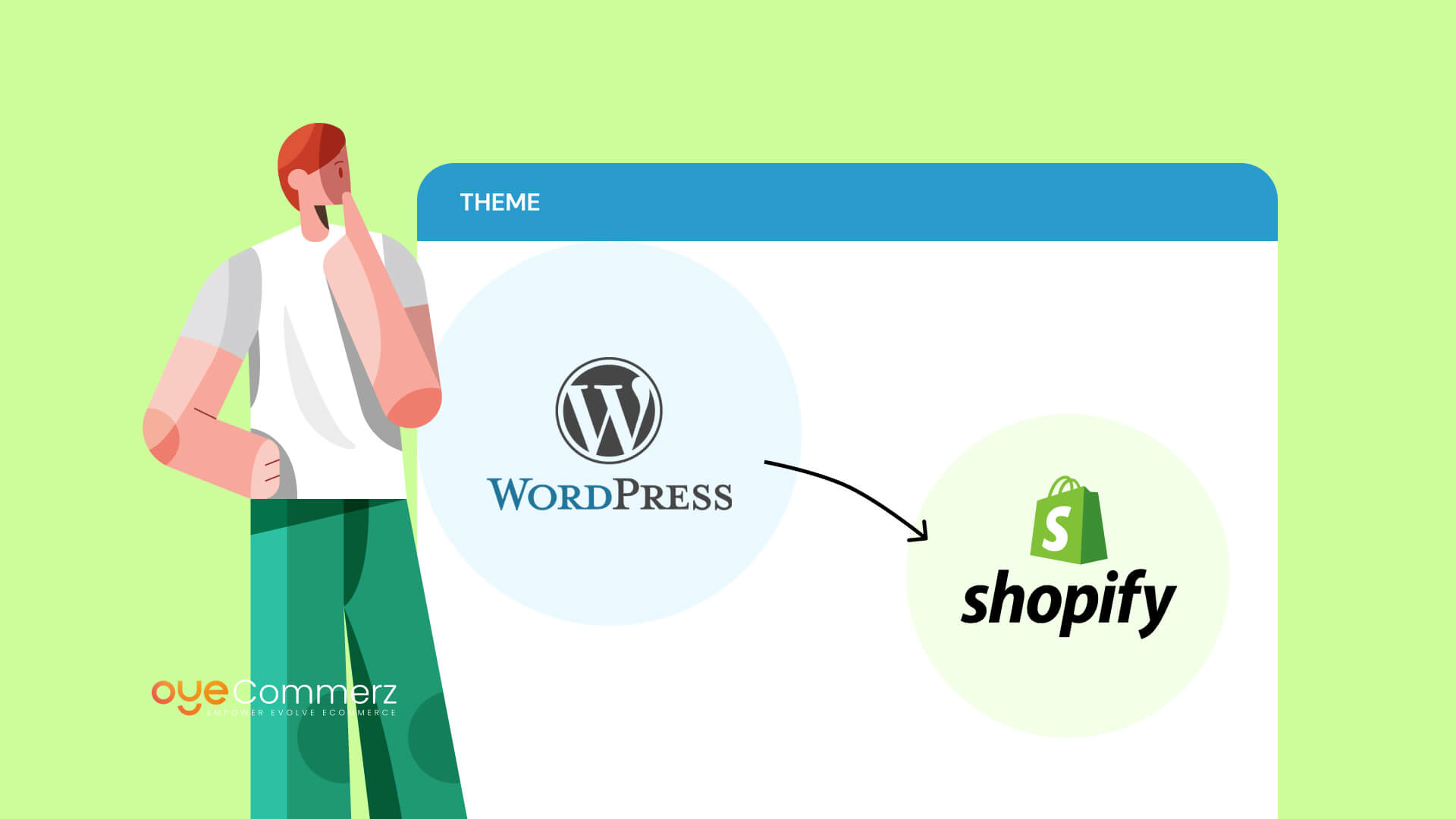Shifting from WordPress to Shopify marks an promising step toward optimizing your online store processes. As companies grow, choosing a solution that aligns with scalability, user experience, and flexibility is essential. Shopify is widely recognized as a favorite for online merchants, providing superior flexibility, security, and user-friendliness. In this guide, we’ll explore the transformative impact of this migration, discuss the benefits, and provide practical tips to facilitate a smooth transition.
1. Why Switch from WordPress to Shopify?
The combination of WordPress and WooCommerce, continues to support countless online stores. However, as businesses expand, challenges like plugin dependency, security vulnerabilities, and complex setups often obstruct progress. Shopify, specifically created for digital retail, eliminates these issues with an comprehensive, intuitive solution. Statistics supports this shift—Shopify powers over 4.4 million websites globally, with a reported 10% increase in sales performance for numerous merchants post-switch.
2. Key Benefits of Shopify for E-commerce Success
Shopify’s powerful platform is tailored for expanding businesses. Its standout benefits include:
- Seamless Customization: Shopify offers over 80 expertly crafted themes.
- Built-in Features: Capabilities such as Shopify Payments and integrated SEO streamline operations.
- International Expansion: Multi-currency support and regional customization empower businesses to reach global markets.
Additionally, Shopify delivers an uptime rate of 99.98%, ensuring your website remains accessible.
3. Preparing for WP to Shopify Migration
Prior to starting the migration process, evaluate your current store. Analyze product data, client information, and search engine rankings. Tools like Shopify’s Migration Kit or external tools can simplify this process. Create a detailed strategy, ensuring all resources—item details, media files, and articles—are optimized for transfer.
4. Data Migration: A Critical Step
Transferring your data forms the foundation for a successful platform switch. When moving from WordPress to Shopify, focus on:
- Inventory Details: SKU, descriptions, and groupings.
- Customer Data: Emails, order history, and custom fields.
- SEO Optimization: Preserve meta tags, URLs, and redirects to maintain search rankings.
Leverage tools such as LitExtension to streamline data transfer while minimizing errors.
5. Tailoring Your Shopify Store to Fit Your Brand
After the move, personalizing your Shopify store helps it reflects your business identity. Take advantage of Shopify’s drag-and-drop editor to create layouts with ease. Shopify's themes are optimized for all devices, providing a smooth user experience across platforms—a critical factor, since 74% of e-commerce traffic is generated by mobile visitors.
6. Maintaining SEO During Migration
Search engine optimization is crucial for preserving your visibility during migration. Shopify excels in SEO with organized link formatting, built-in optimization tools, and seamless blog integration. Make sure you:
- Implement 301 redirects for existing links.
- Enhance updated content with keyword-rich content.
- Leverage plugins like Plug in SEO to monitor performance post-migration.
7. Post-Migration Testing
Once the migration is complete, run detailed checks.
Check: - Website speed (Shopify delivers faster speeds in contrast with WordPress).
- Payment Migrating eCommerce platforms integration reliability and checkout processes.
- Adaptability across devices.
Testing ensures your store delivers a smooth shopping experience from the start.
8. Real-Life Success Story
An example of effective platform switching is Gymshark, a fitness apparel brand that moved to Shopify. Post-migration, the company saw a 60% increase in mobile sales and significantly lowered site downtime. This showcases the capabilities of Shopify in driving e-commerce growth.
9. Overcoming Common Migration Issues
Migration is not without obstacles, such as data integrity and adjusting tailored features. However, Shopify’s extensive assistance and external professionals make overcoming these hurdles manageable. Partnering with experienced Shopify developers helps guarantee a trouble-free transition.
10. Making the Switch: The First Step Toward Success
Switching from WP to Shopify represents a forward-thinking decision to online retail. By focusing on growth, simplifying management, and improving buyer satisfaction, Shopify enables companies to thrive in challenging industries.
Conclusion
Transitioning from WordPress to Shopify is a strategic move that can greatly enhance your online business performance. With a well-structured strategy, the appropriate resources, and expert support, you can unlock new growth opportunities.
Excited to start the journey? Let’s discuss how our Shopify migration services can transform your online store. Contact us now, Shopify store migration checklist or ask yourself: Is it time to seize Shopify’s advantages for your store?
